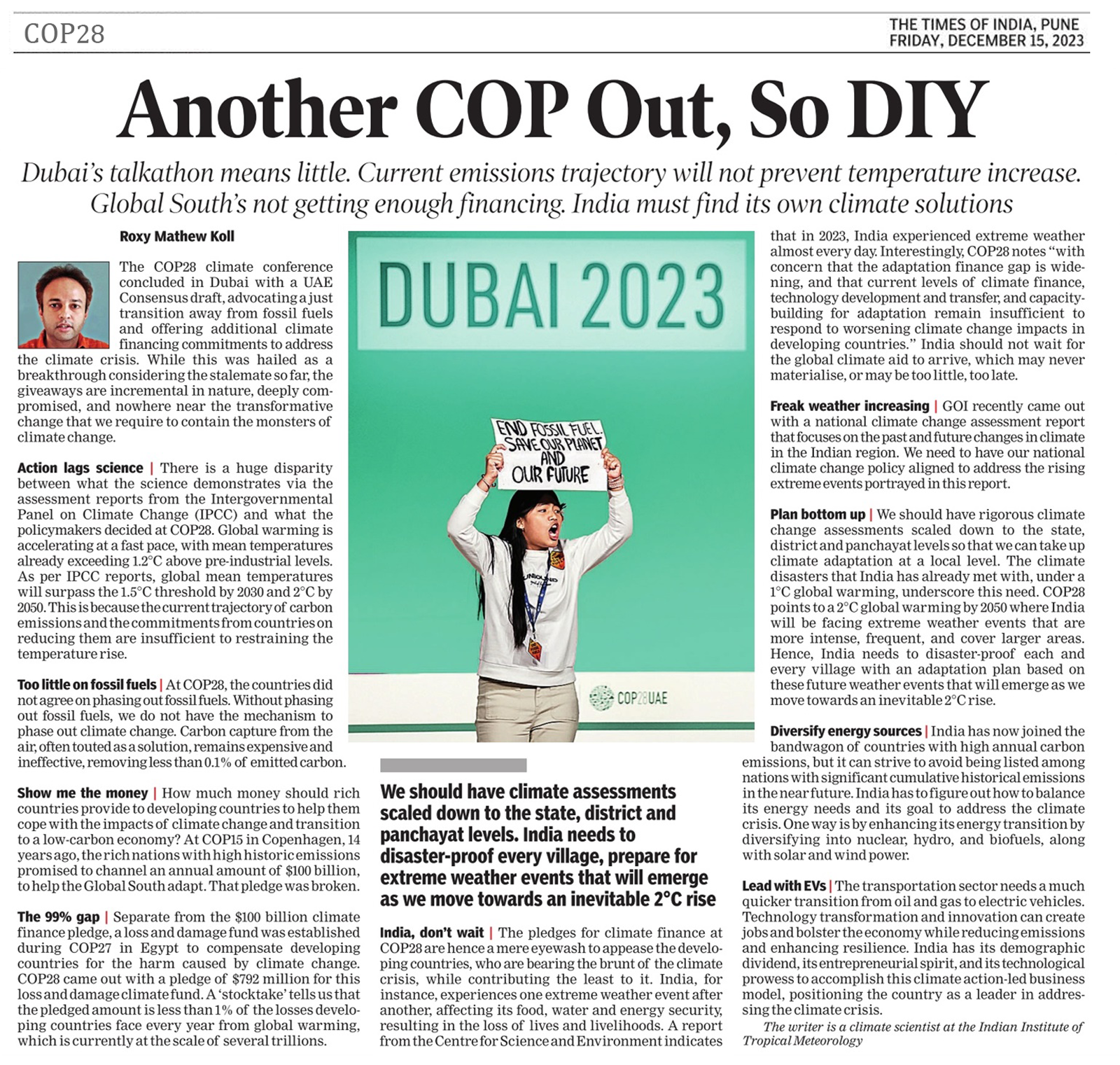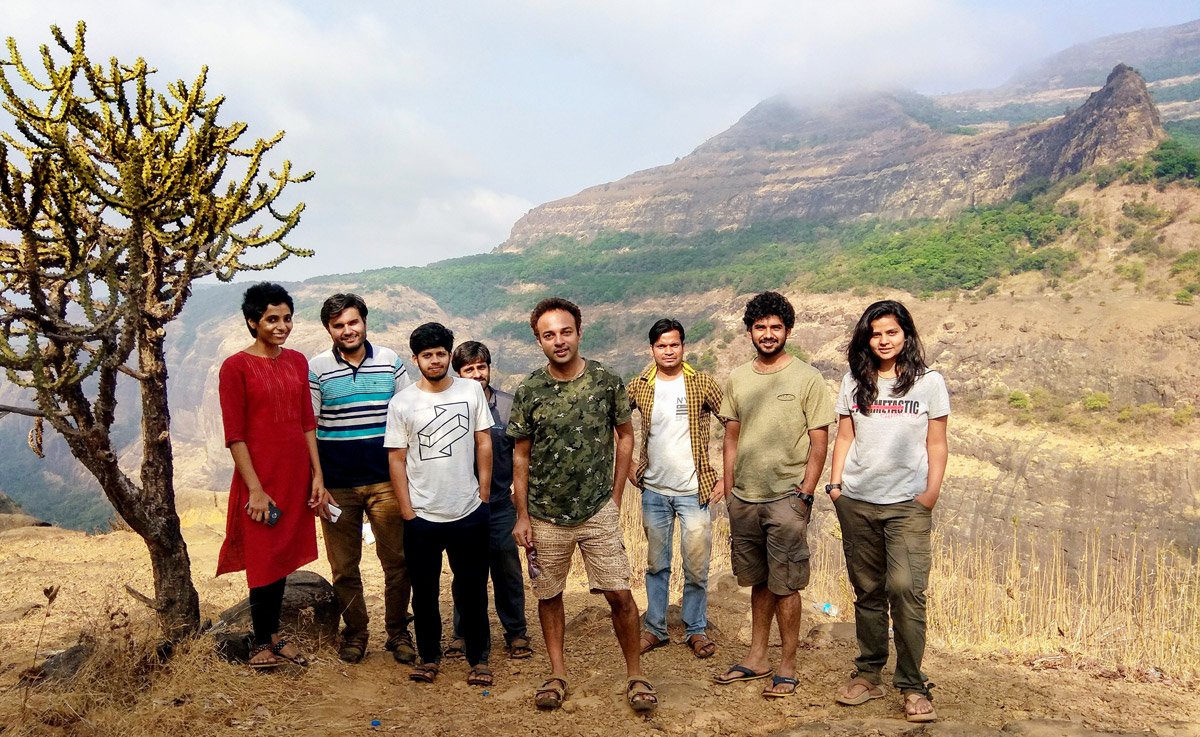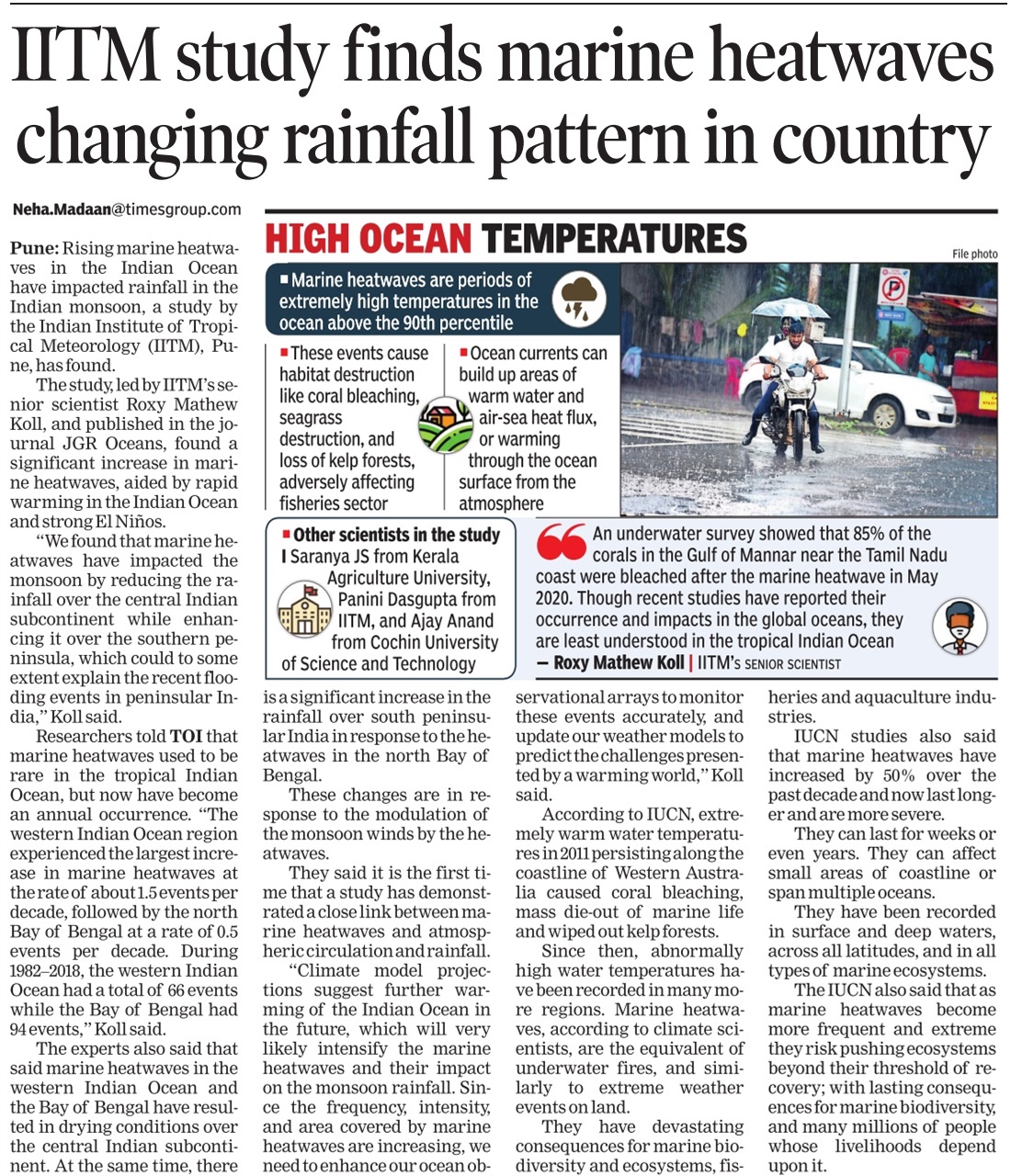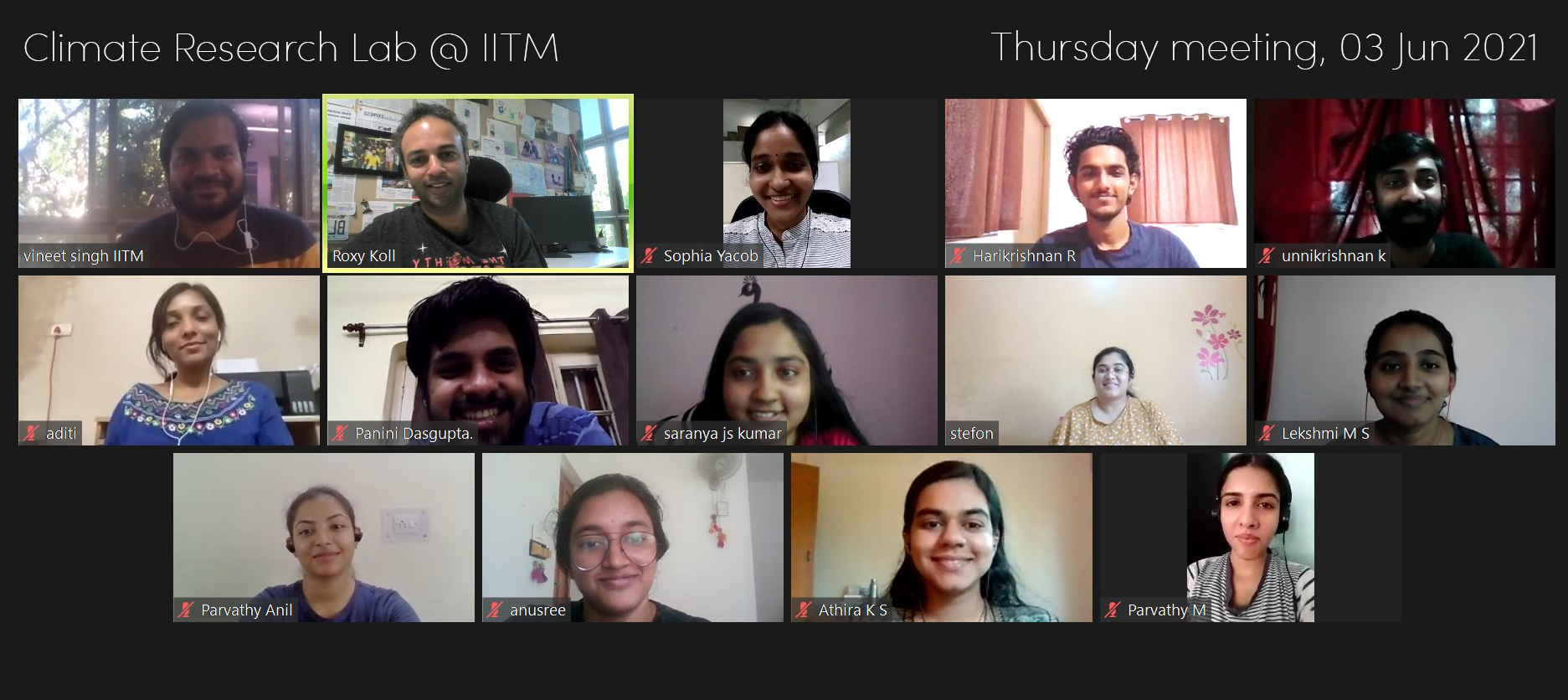Another COP Out, So DIY
The Gulf between Climate Commitments and Reality
The COP28 climate conference concluded in Dubai with a UAE consensus draft, advocating for a just transition away from fossil fuels and climate financing commitments, to address the climate crisis. While this was hailed as a breakthrough considering the stalemate so far, ground truth shows that the giveaways are incremental, deeply compromised, and nowhere near the transformative change that we require to contain the monsters of climate change.
Action lags science. There is a huge disparity between what the science demonstrates via the assessment reports from the Intergovernmental Panel on Climate Change (IPCC) and what the policymakers decided at COP28. Global warming is accelerating at a fast pace, with mean temperatures already exceeding 1.2°C above pre-industrial levels. As per IPCC reports, global mean temperatures will surpass the 1.5°C threshold by 2030 and 2°C by 2050. This is because the current trajectory of carbon emissions and the commitments from countries to reduce them are insufficient in restraining the temperature rise.
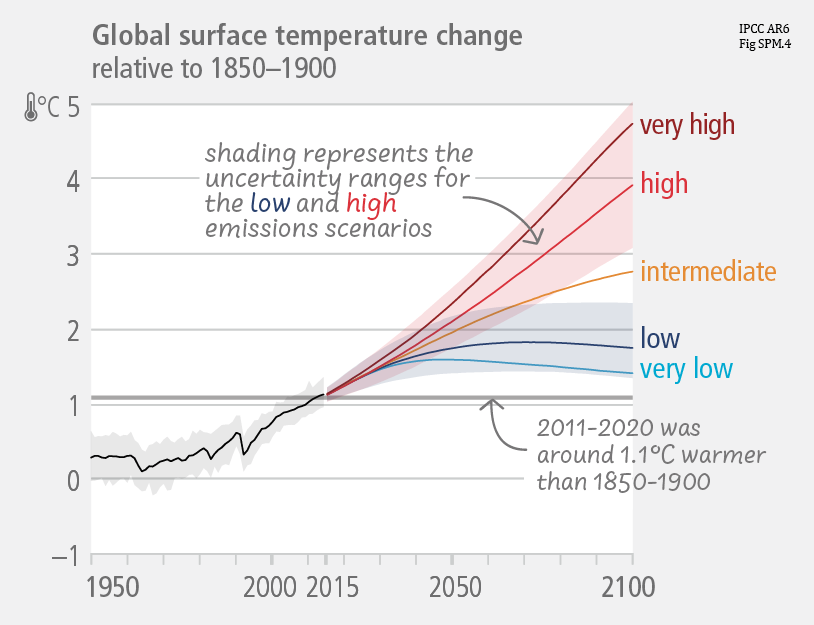
Too little on fossil fuels. At COP28, the countries did not agree on phasing out fossil fuels. Besides, the draft consensus on transitioning away from fossil fuels does not have a clear timeframe or how this will tackle the climate crisis. Without phasing out fossil fuels, we do not have the mechanism or magic to phase out climate change. Carbon capture from the air, often touted as a solution, remains expensive and ineffective, removing less than 0.1% of emitted carbon.
Show me the money. Along with the fossil fuel transition dilemma, the unresolved issue is that of climate financing. How much money should rich countries provide to developing countries to help them cope with the impacts of climate change and transition to a low-carbon economy? At COP15 in Copenhagen, fourteen years ago, the rich nations with high historic emissions made a significant pledge. They promised to channel an annual amount of $100 billion, to help the Global South to adapt to climate change and mitigate further rise in temperature.
That pledge was broken. The global stocktake at COP28 noted, “with deep regret that the goal of developed country Parties to mobilize jointly USD 100 billion per year was not met in 2021.”
The 99% gap. Separate from the $100 billion climate finance pledge, a loss and damage climate fund was established during COP27 in Egypt, to compensate developing countries for the harms caused by climate change. COP28 came out with a pledge of $792 million for this loss and damage climate fund. A stocktake tells us that the pledged amount is less than 1% of the losses developing countries face every year from global warming, which is currently at the scale of several trillion dollars.
India, don’t wait. The pledges for climate finance at COP28 are hence a mere eyewash, a paltry lollipop to appease the developing countries, who are bearing the brunt of the climate crisis while contributing the least to it. India, for instance, experiences one extreme weather event after another, affecting its food, water, and energy security, resulting in the loss of lives and livelihoods. A report from the Centre for Science and Environment indicates that in 2023, India experienced extreme weather almost every day. Interestingly, COP28 notes “with concern that the adaptation finance gap is widening and that current levels of climate finance, technology development and transfer, and capacity-building for adaptation remain insufficient to respond to worsening climate change impacts in developing countries.” India should not wait for the global climate aid to arrive, which may never materialize, or maybe too little, too late.
Plan bottom up. The Ministry of Earth Sciences recently came out with a national climate change assessment report that focuses on the past and future changes in climate in the Indian region. We need to have our national climate change policy aligned to address the rising extreme events portrayed in this report. We should not stop there. We should have rigorous climate change assessments scaled down to the state, district, and panchayat levels so that we can take up climate adaptation at a local level. The climate disasters that India has already met with, under a 1°C global warming, underscore this need. COP28 points to a 2°C global warming by 2050 where India will be facing extreme weather events that are more intense, frequent, and cover larger areas. Hence, India needs to disaster-proof each and every village with an adaptation plan based on these future weather events that will emerge as we move towards an inevitable 2°C.
Climate action-led business model. India is now on the bandwagon of countries with high annual carbon emissions, but it can strive to avoid being listed among nations with significant cumulative historical emissions in the near future. India has to figure out how to balance its energy needs and its goal to address the climate crisis. One way is by enhancing its energy transition by diversifying into nuclear, hydro, and biofuels, along with solar and wind power. The transportation sector needs a much quicker transition from oil and gas to electric vehicles. Technology transformation and innovation can create jobs and bolster the economy while reducing emissions and enhancing resilience. India has its demographic dividend, its entrepreneurial spirit, and its technological prowess to accomplish this climate action-led business model, positioning the country as a leader in addressing the climate crisis.
— Roxy Mathew Koll is a climate scientist at the Indian Institute of Tropical Meteorology and a lead author and reviewer of recent IPCC reports.
Originally published in The Times of India [PDF]
Suggested Citation:
Roxy M. K., “Another COP Out, So DIY.”, The Times of India, 15 December 2023, p14.
